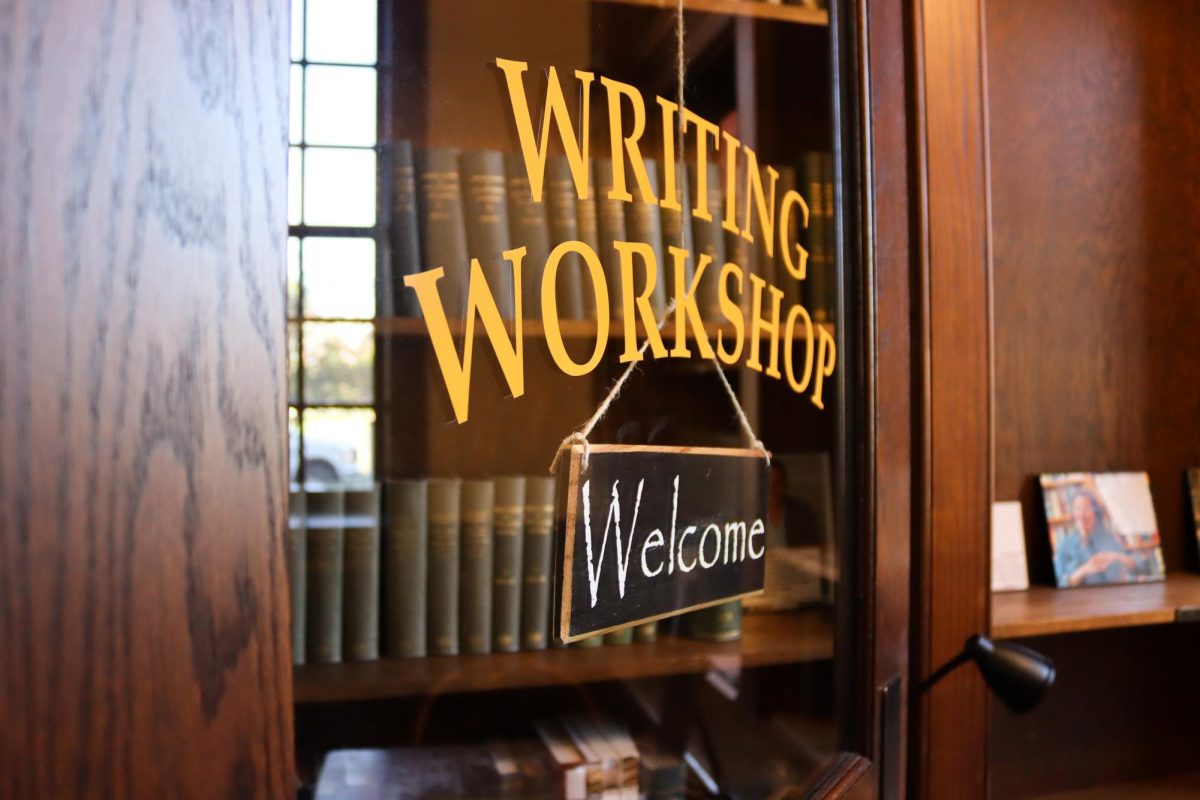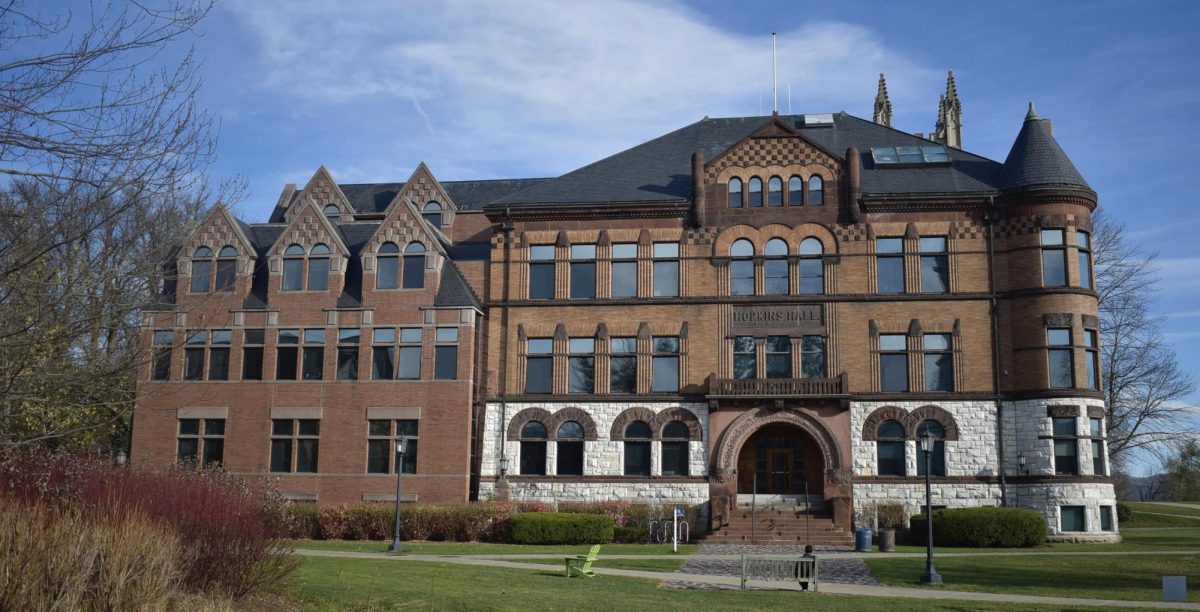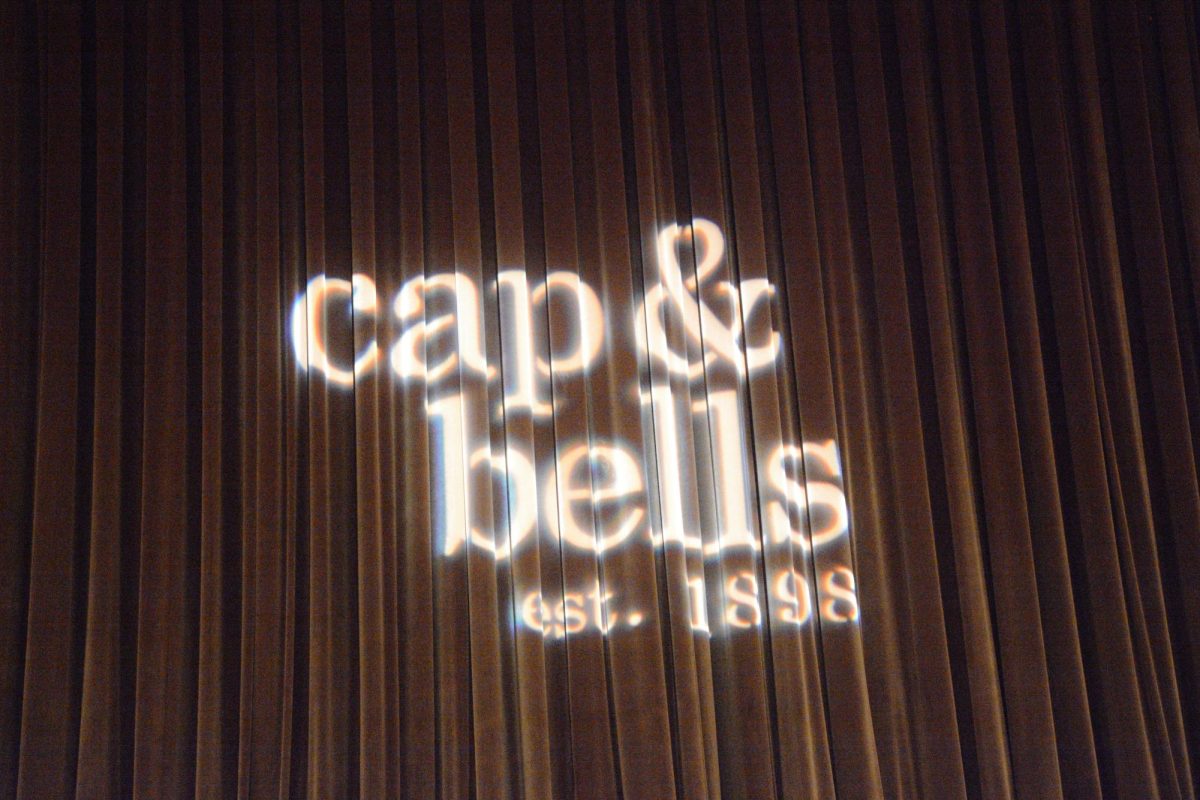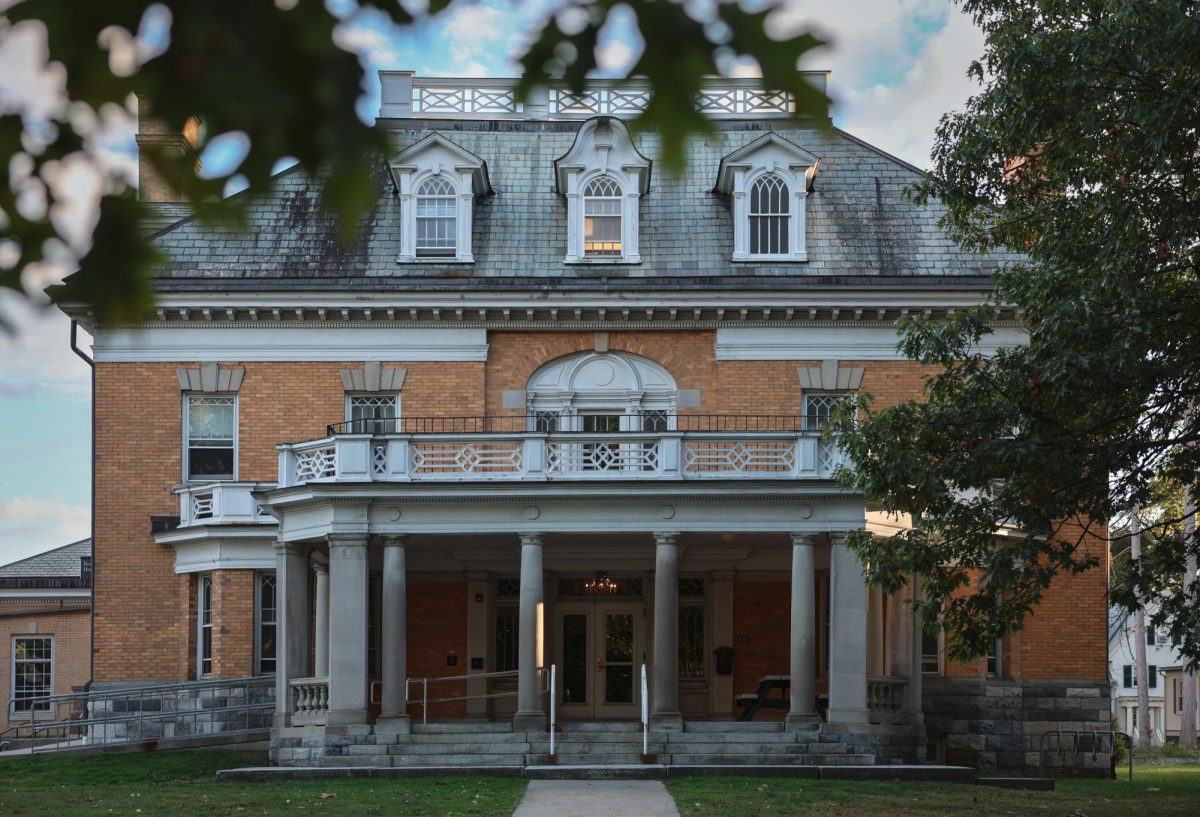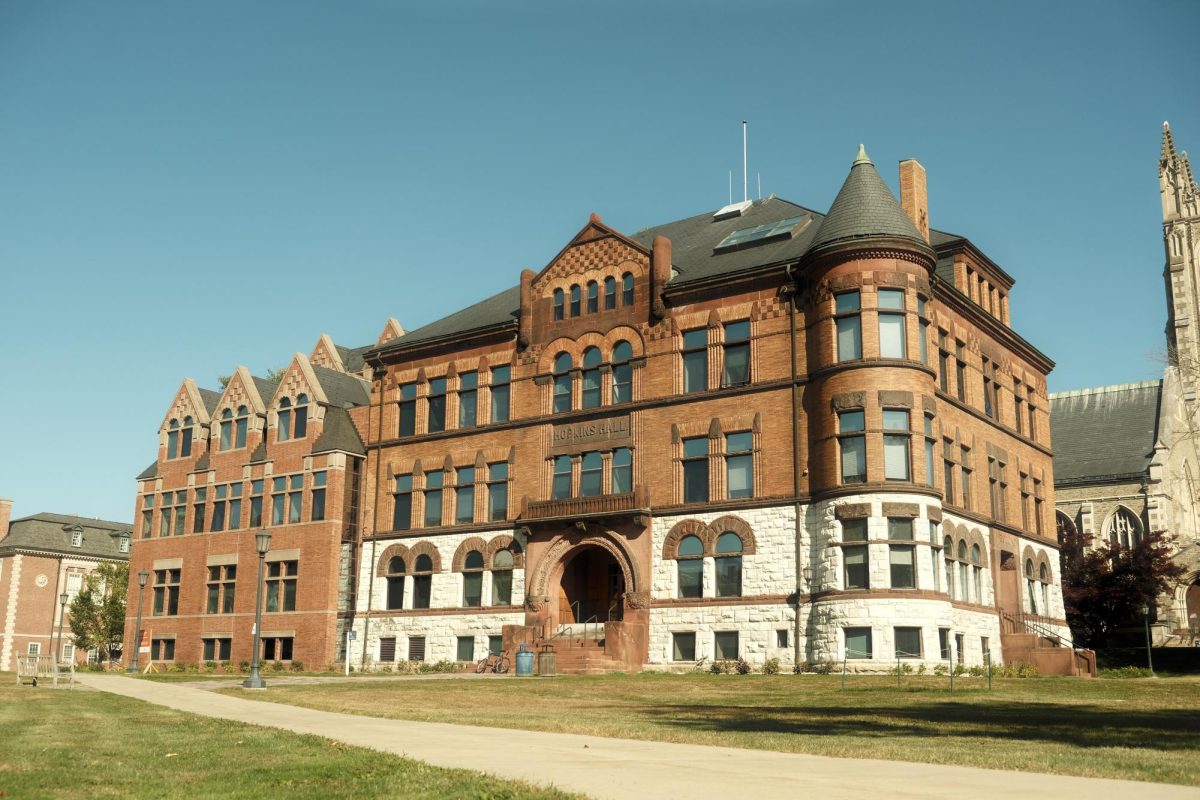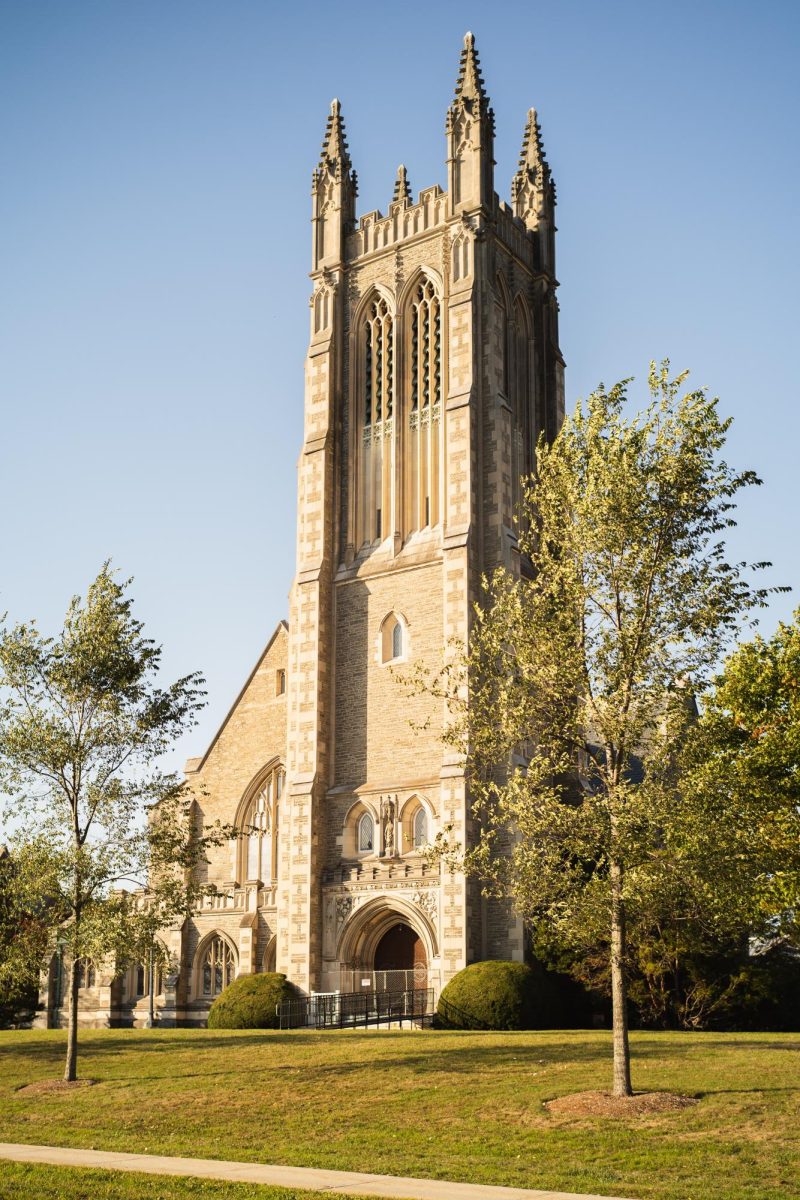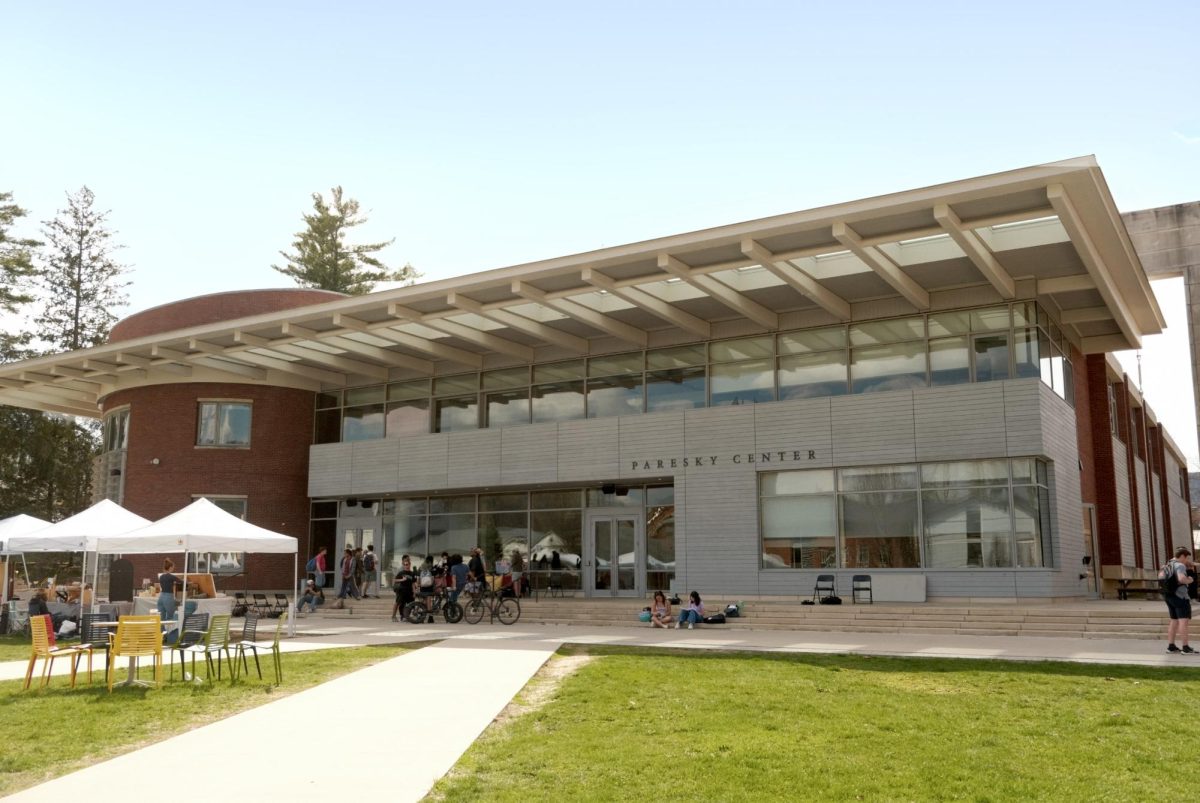Campus Safety and Security (CSS) has proposed changes to its organizational structure and purview which would go into effect this academic year, some that have been already implemented and others to be enacted later this year.
The draft proposal, which was finalized this September, comes after an external audit conducted by Margolis Healy, a firm that specializes in security and safety in education systems, recommended that the College and CSS work to reestablish a positive relationship with students and the campus community. The goal to create more outlets for communication between the campus and CSS stemmed from reflections after the student-led “Where’s My Safety” campaign and other advocacy in the spring of 2019 highlighted negative interactions that students –– primarily students of color and particularly Black students –– have had with CSS officers in recent years.
While student leaders for Junior Advisors, the Black Student Union (BSU) and the Minority Coalition (MinCo) all agreed that it was a good first step that CSS proposed these changes, students diverged in opinion as to their approval of the specific changes that were proposed.
One of the major structural changes would be to change CSS’ name to “Campus Safety Services,” which CSS claims would more accurately reflect what their work entails. CSS is working with senior administration at the College to establish a clearer process for individuals to file incident reports and a system for independent investigations. Additionally, Junior Advisors, House Coordinators and newly designated Campus Life staff members would be responsible for responding to “low level violations.”
Other proposed changes include altering CSS officers’ uniforms and vehicle markings, restructuring response and reporting protocols, better incorporating the input of student groups and Williams chaplains, clarifying CSS’ purview and establishing a Memorandum of Understanding between CSS and the Williamstown Police Department (WPD). The intent of a memorandum would be to make clear the nature of the two entities’ relationship to each other, the purview of each group’s work in relation to College matters and directives on how to operate together when necessary.
This summer, CSS began meeting with chaplains and staff from the Office of Institutional Diversity, Equity and Inclusion (OIDEI) to reflect on the murder of George Floyd and have broader conversations on “police related incidents,” as CSS Director Dave Boyer described them in an interview with the Record. The discussions also touched on CSS’ relationship with WPD, especially after a former sergeant filed a lawsuit against WPD Chief Kyle Johnson, Town Manager Jason Hoch and the Town of Williamstown.
Boyer said that the internal changes to CSS will be important in closing the distance and addressing the tensions that have existed between students and CSS throughout the past few years. Boyer attributed the deterioration of relationships with students over recent years to the fact that, according to Boyer, CSS has had fewer opportunities to interact with students in informal settings, along with CSS’ longstanding structural issues.
“Without that student contact, there’s been a loss of understanding over time,” Boyer said. “Oftentimes, [CSS] will hear, well, ‘The students don’t feel comfortable,’ you know, because of the office, because the uniforms, because of what [we] represent,” Boyer said.
For Boyer and CSS, the “Where’s My Safety?” campaign revealed many sentiments that reflected difficulties for CSS to gain the trust of members of the College community.
In a November 2018 BSU town hall meeting, several Black students shared experiences in which CSS officers were called to BSU-hosted parties or appeared at dorms without a clear reason and disparately in comparison to other student gatherings on campus.
“Over and over again, there’s this sense that black spaces and black people have CSS called on them way more than any other type of space on campus,” one student said in the town hall. “That’s a consistent thing that people have been complaining about for years upon years upon years.”
Julius Dodson ’21, BSU chair, said that the events and issues over the last few years conveyed in the campaign reflect the need for mutual trust between students and CSS.
“With what happened the past couple years that we’ve been here, mutual trust has not been the theme,” he said.
“…The “Where’s My Safety?’ campaign was a real eye opener for most of [my] career here,” Boyer said. “We were the good guys appreciated by students. We had great relationships with the students. And to see that that could have changed so dramatically really left all of us scratching our heads and wondering … what can we do to fix this?”
One of the changes includes creating an advisory board composed of OIDEI, Davis Center, BSU and Minority Coalition representatives that would advise CSS on policy development and how the organization can improve their practices and be more outward facing toward the campus community.
“We really want to establish ongoing conversations that lead to understanding and a means to resolve and eventually prevent conflict,” the proposal states.
With this in mind, CSS hopes to implement “Liaison Officers,” who will be assigned to specific dorms, and have coined this effort as their “Adopt a Dorm Program.”
Creating spaces for interpersonal relationships to grow, Dodson said, is critical to building connections with officers and students. He added that it feels as if students don’t know the CSS officers, “and they don’t know us. And unless you go out of your way to fix that, you’re not going to have that kind of rapport that just creates much better relationships.”
For these reasons, Dodson said he endorses the idea of an Advisory Board that includes student representatives.
“I very much support the Advisory Board and making sure that CSS is a lot more student-facing,” Dodson said.
Dodson still emphasized the importance of restructuring residential life in ways that would include affinity housing and thus create safe spaces for students. Imp
“I think we definitely need sort of affinity housing,” he said, stressing a need for “solidarity and also in relating to CSS.”
Another change includes limiting the scope of the Tip Line. People will not be able to use it “in order to initiate an officer response,” the proposal states. Boyer said students can call the Tip Line in order to discuss with dispatchers ways for students themselves to face peer-to-peer interventions and interactions.
CSS said they hope to change their uniforms in order to present the idea that they are College officials while not being associated with a “police look,” the proposal states. This would entail using lighter colored pants and purple polo shirts –– without badges.
Boyer said the events from this summer reaffirmed the need for a Memorandum of Understanding, especially with the knowledge that CSS may need to call WPD to come to campus in certain circumstances.
“Now, we’ve got the impetus for it,” said Boyer, who met with other members of CSS and senior staff at the College to discuss the lawsuit during the summer. “… [W]e were talking about how we were going to function or interact [with them] in light of that. … We got talking about how this all needs to be in writing.”
Chaplains would work with CSS to create dialogue in the department about social issues and how they affect life on campus. Other proposals include creating educational programs on safety in Williamstown, ranging from preventing theft to driving safely during icy winters.
In light of the changes presented, however, student leaders in the JA Advisory Board (JAAB) and MinCo expressed surprise: CSS never informed them of these changes that directly implicated their organizations.
Surabhi Iyer ’21, co-president of JAAB, said she wished that CSS had communicated these changes to her. Iyer also said she found the language regarding JAs’ role in being “dispatched” for “low-level violations” to be confusing.
If interpreted one way, Iyer said the protocol “implies an integration between JAs, HCs and CSS,” which Iyer said could compel JAs to be dispatched arbitrarily to address certain incidents or situations in ways “that would be very antithetical to the JA role.”
Audrey Koh ’21, co-president of the Steering Committee for MinCo, said she and other MinCo leaders were similarly never contacted about the changes. Additionally, she said she is skeptical of the efficacy of the proposals at large.
“I’m not sure how effectively they really address the structural issues of CSS,” Koh said. While she agreed with Dodson that establishing the Advisory Board would be a good first step, she said she thought that the proposals lacked any initiatives to reform the training offered to CSS officers.
She said the fact that there was “zero mention” of anti-bias training in the document surprised her.
“I think if CSS is really committed to racial justice and whatever that means for them, ensuring the safety of marginalized students, especially Black and Brown students, then I think they can do better than these policy changes,” she said. “And I think they’re not enough.”




